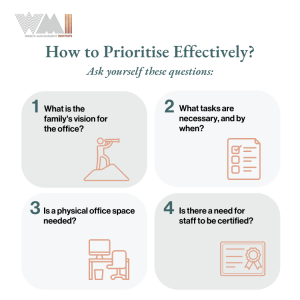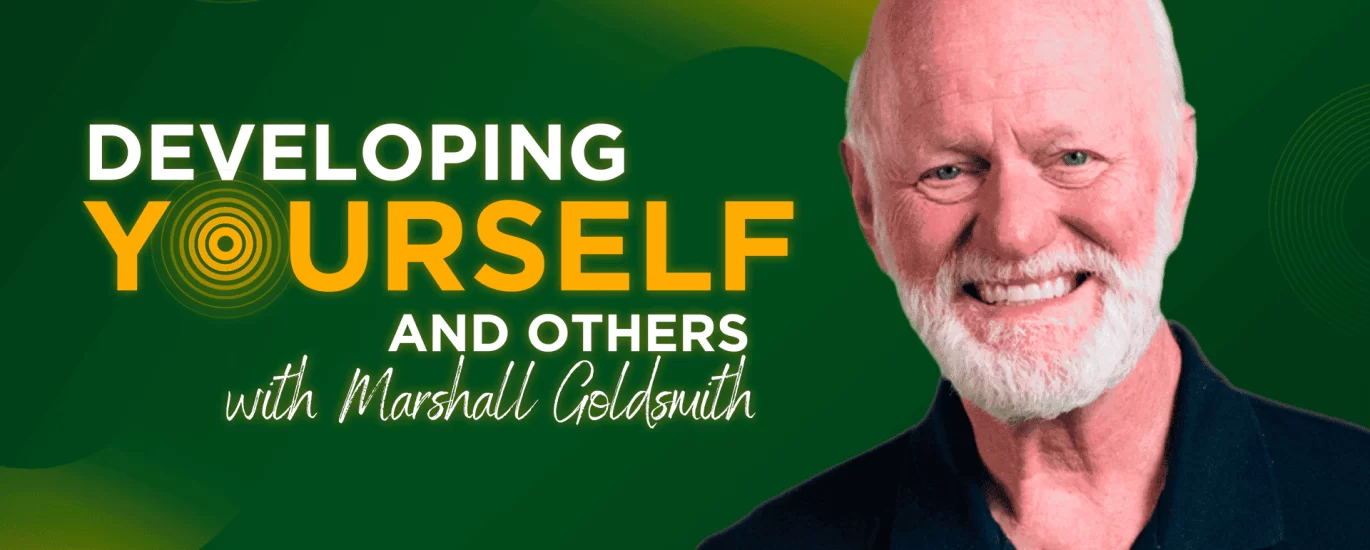Family offices act as stewards of significant wealth, and their functions involve a complex operational landscape—often with a lean team.
“We are SMEs with complex needs,” Edoardo Collevecchio asserts, challenging the misconception that substantial wealth equates to expansive operations. Having spent over five years as chief of staff at Oppenheimer Generations, a global investment group focused on building a long-term portfolio of businesses, the WMI faculty member explains that every decision, from infrastructure establishment to cost optimisation, demands careful consideration and planning.
In this exclusive exploration, Edoardo unveils the intricate operational challenges faced by family offices. Despite Singapore’s status as Asia’s family office hub—boasting 1,400 offices and counting—the reality behind the scenes is far from straightforward.
Navigating the Lean Realities of Family Office Operations
“The main hurdle is usually having a lot of things to do and not enough bandwidth or people initially, because usually these things start as a one person or a two-person shop,” he explains. Singapore’s Economic Development Board (EDB) observed that single family offices on the island can range from “two- to three-person outfits to larger set-ups with a headcount of more than 50”.
“You can grow over time, but it never gets to be a massive operation,” he says. “So even with a team of five or six, you’re still constantly optimising for highly efficient and agile talent.”
With such lean resources, family office professionals must meticulously balance cost-effectiveness with the complex systems needed to manage generational wealth.
“We’re always subscale for most services, so we have to optimise the trade-offs, the cost, and complexities in our system,” Edoardo explains. “The biggest hurdle is usually that everything is relevant, but not everything is urgent or critical.”
Developing this ability to prioritise effectively requires professionals to possess a broad range of knowledge, enabling them to filter the family’s needs and create a clear roadmap. Edoardo highlights key questions for this, including:
- What is the family’s vision for the office?
- What tasks are necessary, and by when?
- Is a physical office space needed?
- Is there a need for staff to be certified?







